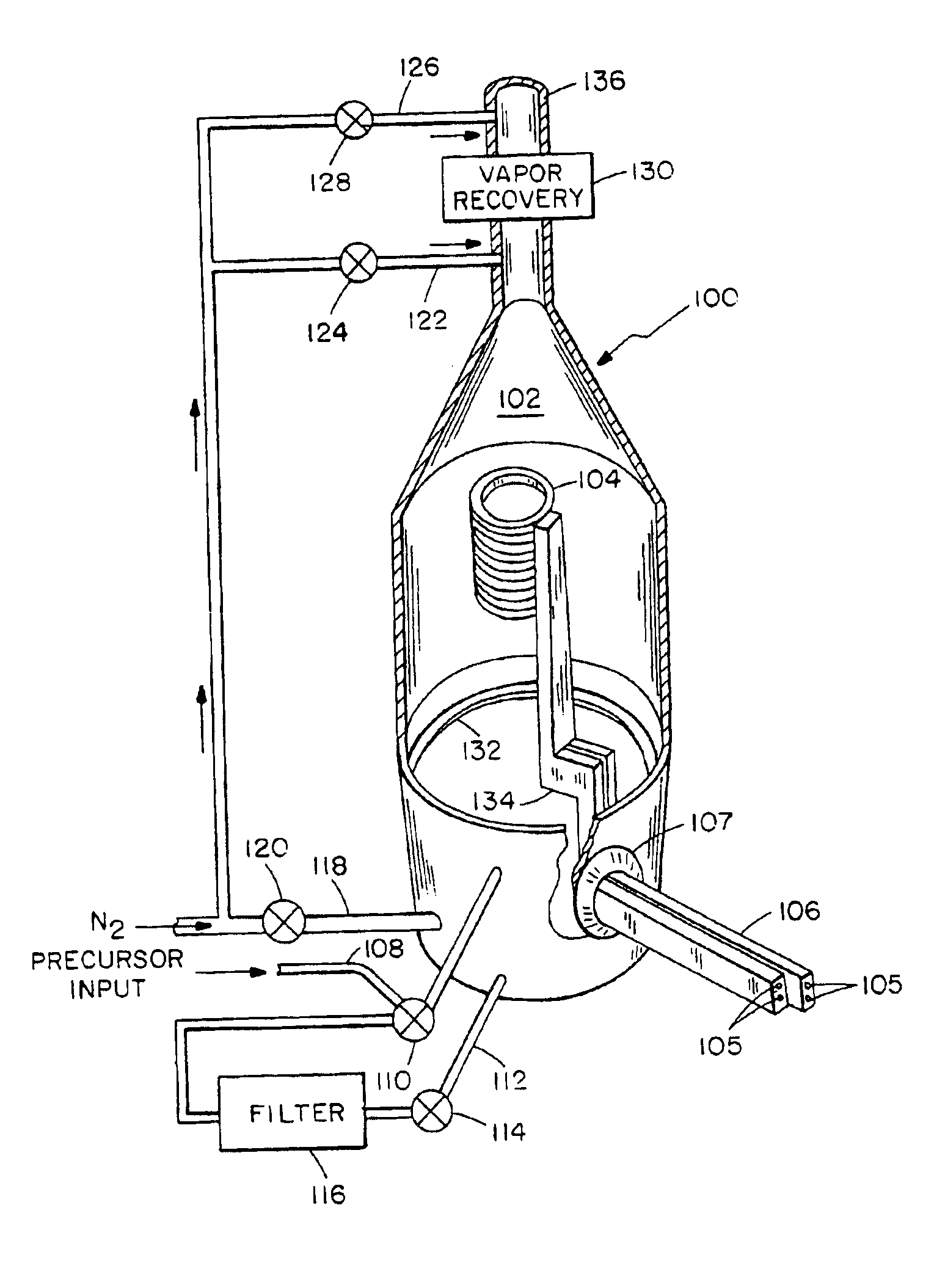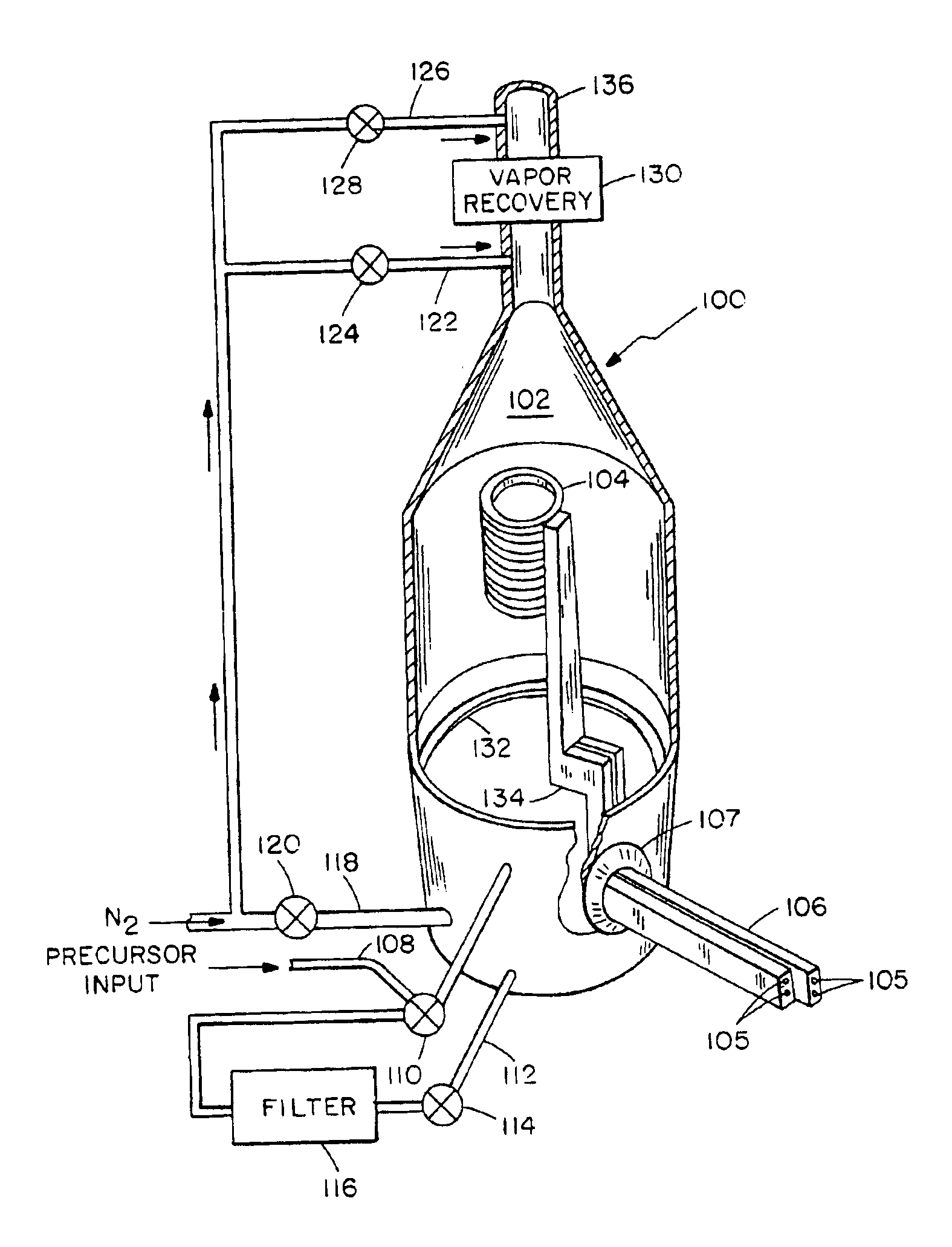Composite articles
a technology of composite articles and composite foam, applied in the field of composite articles, can solve the problems of limited commercial application of these structures, high cost of carbon fiber, etc., and achieve the effects of reducing cost, high permeability, and generally low cost of carbon foam
- Summary
- Abstract
- Description
- Claims
- Application Information
AI Technical Summary
Benefits of technology
Problems solved by technology
Method used
Image
Examples
Embodiment Construction
A description of preferred embodiments of the invention follows. The features and other details of the method of the invention will now be more particularly described with reference to the accompanying drawing and pointed out in the claims. It will be understood that the particular embodiments of the invention are shown by way of illustration and not as limitations of the invention. The principal features of this invention can be employed in various embodiments without departing from the scope of the invention.
In a method of this invention, a densified composite foam is formed by depositing a coating on an open-cell reticulated foam skeleton.
In one embodiment of the method, the foam skeleton comprises carbon in the form of an open lattice of ligaments, wherein the interconnected pores defined by the lattice have diameters of about 0.5 to about 1.0 mm. The lattice has a micrographic porosity of about 100 pores per inch, a bulk density of about 0.04 g / cm3, and a surface area density o...
PUM
| Property | Measurement | Unit |
|---|---|---|
| dielectric constant | aaaaa | aaaaa |
| diameter | aaaaa | aaaaa |
| density | aaaaa | aaaaa |
Abstract
Description
Claims
Application Information
 Login to View More
Login to View More - R&D
- Intellectual Property
- Life Sciences
- Materials
- Tech Scout
- Unparalleled Data Quality
- Higher Quality Content
- 60% Fewer Hallucinations
Browse by: Latest US Patents, China's latest patents, Technical Efficacy Thesaurus, Application Domain, Technology Topic, Popular Technical Reports.
© 2025 PatSnap. All rights reserved.Legal|Privacy policy|Modern Slavery Act Transparency Statement|Sitemap|About US| Contact US: help@patsnap.com


